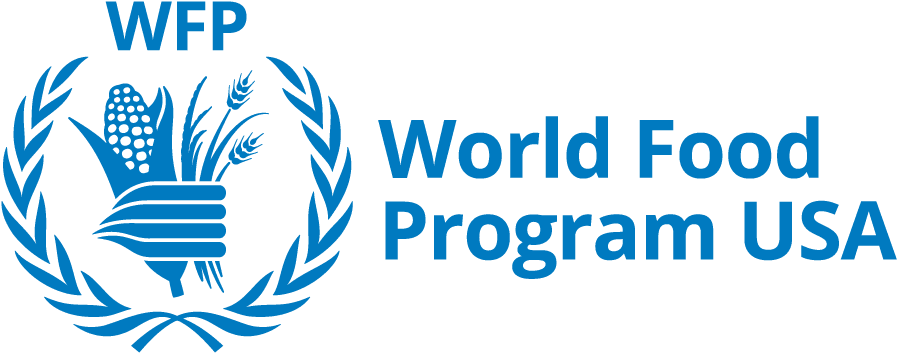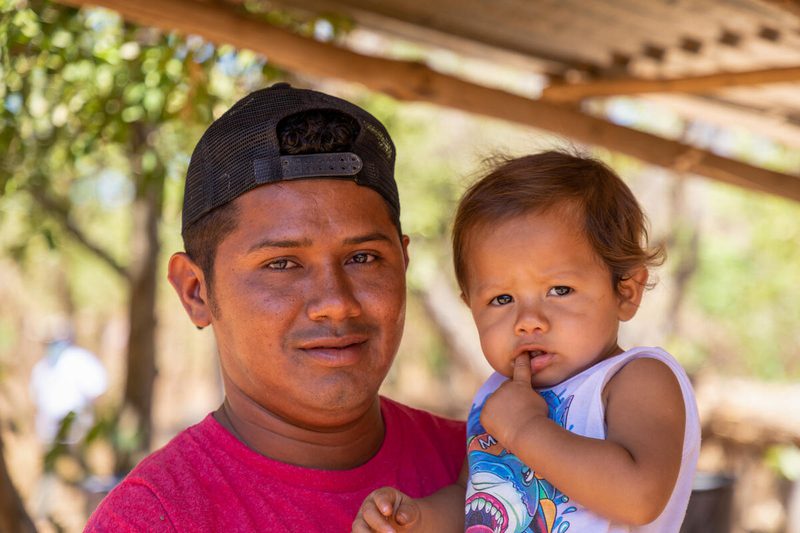The Dry Corridor
In Central America
The Dry Corridor is a strip of land across El Salvador, Guatemala, Honduras and Nicaragua that is vulnerable to extreme climate events like long periods of drought, putting livelihoods at risk.
WFP/Hetze Tosta
Make a difference in The Dry Corridor
Hunger Stats
Extreme weather events, displacement and insecurity have taken a heavy toll on the Dry Corridor. Millions of people are affected across El Salvador, Guatemala, Honduras and Nicaragua.
486K
people in the Dry Corridor were affected by severe drought in 2023
2.7M
people need food assistance this year due to the impacts of El Niño
90%
of Central America’s population is concentrated in the Dry Corridor
486K
people in the Dry Corridor were affected by severe drought in 2023
2.7M
people need food assistance this year due to the impacts of El Niño
90%
of Central America’s population is concentrated in the Dry Corridor
486K
people in the Dry Corridor were affected by severe drought in 2023
Causes of Hunger
Erratic Weather
Prolonged dry spells and excessive rains have devastated corn and bean crops in the Dry Corridor of Central America, leaving farmers and their families prone to hunger and malnutrition. Children are especially vulnerable.
Learn More Coping Mechanisms
Many families have resorted to crisis-level coping strategies, including selling agricultural tools and animals, skipping meals and eating less nutritious food. These strategies may meet immediate needs, but threaten families’ stability in the long term.
Learn More Forced Migration
Subsistence farmers and their families are highly vulnerable to disruptions caused by extreme weather. The region’s recent adverse weather has devastated harvests, leaving millions without crops to eat or sell. With no food or work nearby, many families are forced to emigrate elsewhere to survive.
Learn More  WFP/Julian Frank
WFP/Julian FrankWFP Relief Efforts in the Dry Corridor
Climate shocks – like El Niño – affect the planting and harvesting of crops in the Dry Corridor and only worsen the already fragile food security communities face.

Food and Cash
WFP provides families with emergency food and cash assistance. Cash transfers enable families to buy fresh and local food.

School Meals
Children across the Dry Corridor receive nutritious school meals from WFP. It may be the only meal they have in a day.

Food for Assets
Through its Food Assistance for Assets program, WFP helps communities adapt and build resilience to climate shocks.

Early Warnings
WFP provides farmers with drought-tolerant seeds, fertilizers and cash transfers through its anticipatory action plan.
Lastest News
- News Release
- April 18, 2024
- Blog
- April 21, 2023





